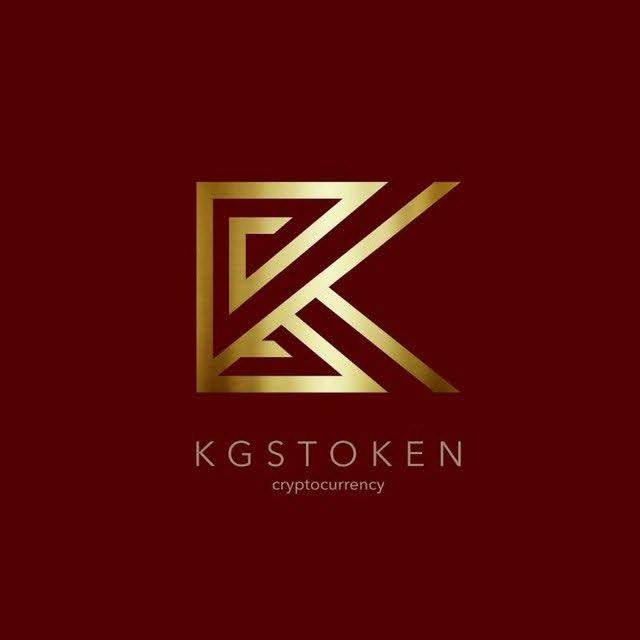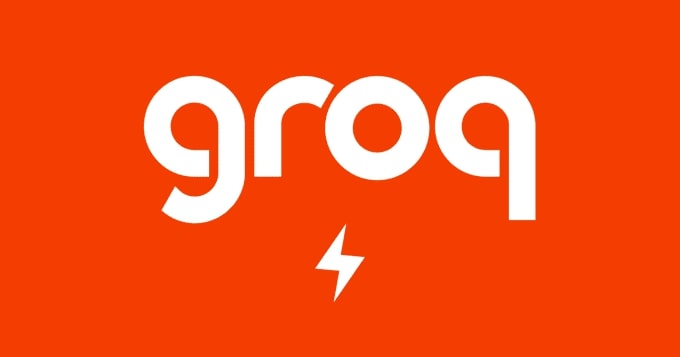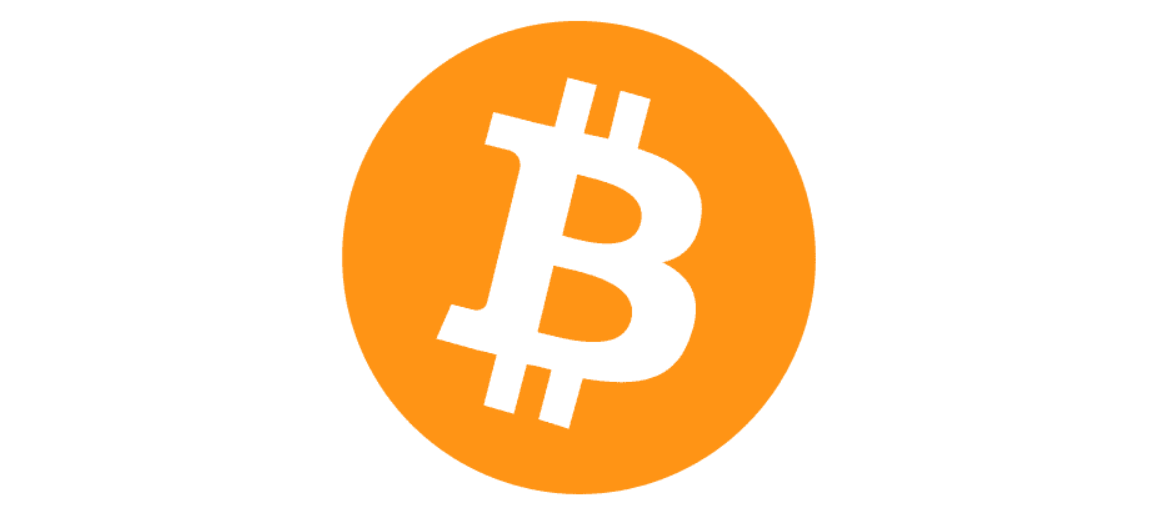 | We are working on a DEX based on atomic swap, and from talking to people, I have realized that they don't see the actual problems that we are trying to solve. The main disadvantage of today's DEX, I believe, is that you can't buy a native token from another blockchain, or a token issued on another blockchain. This aspect of the architecture has led to the use of wrapped tokens and bridges. For example, if you want to trade bitcoin on DEX, you buy WBTC instead of native bitcoin. So what's the problem here anyway? If you bought WBTC and want to exchange it for native BTC to reduce the risk, you will have to trust a centralized organization once again. Usually people deposit WBTC on a centralized exchange, exchange WBTC for BTC at a rate close to 1:1 for BTC and withdraw it from the exchange to their non-custodial wallet. Is there any method to change WBTC to BTC without using an exchange and at least avoiding KYC? The centralization of the bridge is a bit obscured. Both blockchains between which the bridge allows token transfers have smart contracts with liquidity. In one blockchain the user sends an asset to the smart contract, in the other blockchain the user receives a payment from the smart contract. The centralized nature of the simple bridge is that there is no technical possibility for the smart contract of one blockchain to transfer information about the incoming transfer to the smart contract of another blockchain. And this data is transmitted by a centralized bridge server. What is the disadvantage of the bridge? The centralized bridge server can be hacked, the employees can be fraudulent, the bridge owners can be pressured by regulators, law enforcers or criminals, and all the liquidity of the bridge can be withdrawn. Something like this happened recently with Multichain bridge, about $130 million of liquidity was drained out. If the bridge goes down, first of all the bridge partners who provided liquidity to the bridge will suffer. Also those who started exchanging without knowing that the bridge has already collapsed will suffer. Also, many bridges themselves are the issued the wrapped tokens. All tokens issued by the bridge will be worthless, and it will be the losses of those who held these tokens (in purpose to trade them on DEX in particular). The issue of centralized bridges is a concern for the community. Of course a decentralized bridge is better than a centralized bridge. Solution: I offer you a new look at atomic swap. The idea was invented 10 years ago, there were projects that used it and they did not become popular. All the implementations of atomic swap that I found hid its essence as far away from the user as possible, and bound the sender and receiver in the interface. The user was required to at once select both blockchains being exchanged. I think this was a fundamental mistake, an incorrect separation of essence. It's hard to think about, it's hard to explain to the user, it's a big barrier to adoption. Imagine that in your crypto wallet you have a checkbox "HTLC" when sending a transfer. Sending a transfer with hash protection form Otherwise, this transaction looks like a regular transfer. It should also display the Hash and the time left to complete the transfer. If the recipient has entered the correct Key, the transaction is completed successfully and the money is credited to the account. (Key is correct if its sha256 hash is equal to the one specified at transaction creation). Also in the wallet history of transfers should be displayed the status of the transaction. At the moment when the recipient entered the Key, having completed the transfer, the sender in the history of transactions should see that the transaction is completed and the value of the Key that was entered. Let's imagine that we have two wallets in different blockchains with such functionality, for example in BTC and ETH. Here's how Alice and Bob conduct an exchange: You see, we didn't need any intermediary, neither centralized nor decentralized to transfer Key between blockchains. Just an HTLC transaction implemented in their wallets' interface. As soon as another wallet, such as the Tron blockchain, has the same functionality, they will be able to swap with its users. For compatibility, all that is needed is for everyone to use the same hash function, sha256, as in bitcoin. Moreover this model can be realized far beyond cryptocurrencies. Centralized systems like paypal, sepa, banks can also implement a similar hash protected transfer functionality. A bank or a payment company that has implemented a transfer with hash protection will have an advantage in the eyes of customers who have already learned this mechanism in crypto. What is interesting, except money with hash protection you can transfer any digital assets, such as NFT, domain names, valuable items in games, as soon as the developers of the service will add such functionality. The question arises of course: how will users find each other? Deep automation is also possible, a personal opensource wallet bot that performs trades. But the user should still be able to send a simple transaction with hash protection, just from his wallet. And it will not be important to the user whether another person or a bot trader executed a transaction with him. Now we are working on a prototype, in EVM blockchains swaps have already been implemented. TL;DR: Why wrapped tokens are insecure. How to make a new type of DEX: trustless, real cross-chain, without bridges and wrapped tokens, compatible with fiat systems and even selling domains. [link] [comments] |

You can get bonuses upto $100 FREE BONUS when you:
💰 Install these recommended apps:
💲 SocialGood - 100% Crypto Back on Everyday Shopping
💲 xPortal - The DeFi For The Next Billion
💲 CryptoTab Browser - Lightweight, fast, and ready to mine!
💰 Register on these recommended exchanges:
🟡 Binance🟡 Bitfinex🟡 Bitmart🟡 Bittrex🟡 Bitget
🟡 CoinEx🟡 Crypto.com🟡 Gate.io🟡 Huobi🟡 Kucoin.


















Comments